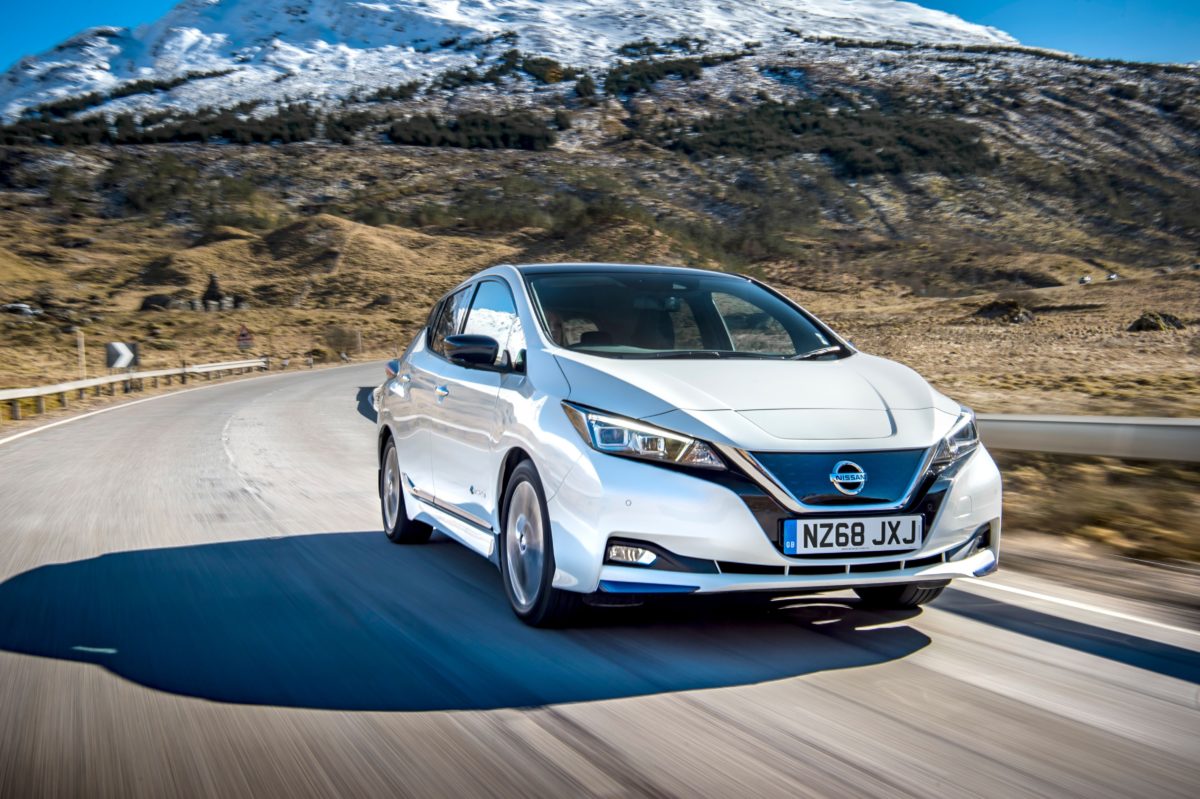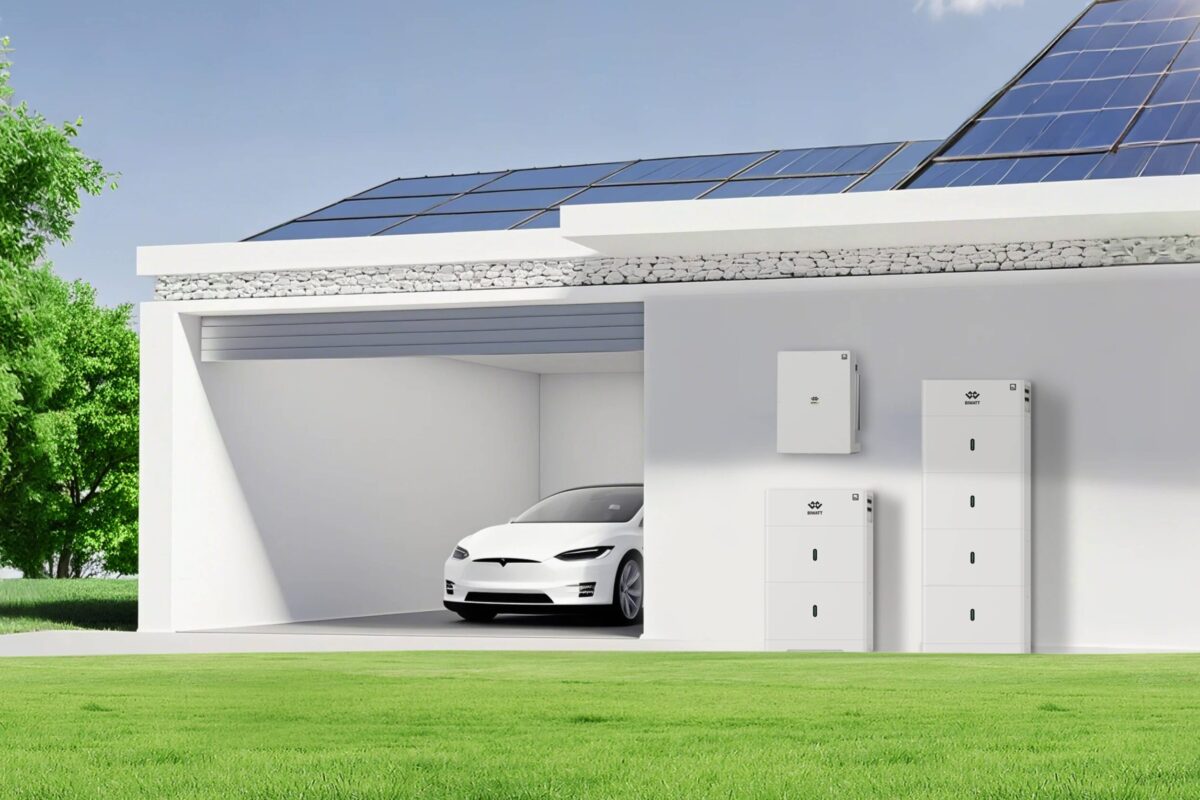The Australian Renewable Energy Agency (ARENA) is backing a trial that will see 51 Nissan Leaf cars provide frequency regulation services to the National Electricity Market in the Australian Capital Territory. The project has been aptly named REVS – Realizing Electric Vehicle-to-Grid (V2G) Services.
ARENA claims the Canberra project will be one of the world’s largest and has developed V2G pilot programs including a 2018 project in Germany which also involved Nissan Leafs. The same year saw a 3 MW/2.8 MWh energy storage project based on second-life Leaf batteries deployed in the Netherlands, at Amsterdam’s Johan Cruijff Arena.
In addition to demonstrating how EV batteries can offer ancillary balancing services to the grid, the REVS project could also show how the owners of electric vehicle fleets could use their assets to generate revenue while stationary.
An energy storage review carried out by regulator the Australian Energy Market Commission (AEMC) in 2015 led to the establishment of a Frequency Control Ancillary Services (FCAS) market as part of grid and wholesale market operator the National Electricity Market (NEM). The effectiveness of frequency services offered by batteries has been dramatically by Neoen’s Hornsdale Power Reserve since then, with the utility scale system capturing significant FCAS market share and revenues.
The Australian National University will use data generated by the REVS project to inform a national roadmap for the commercialization of V2G applications. EV charging company JET Charge, Australian Capital Territory (ACT)-based energy company Evoenergy, fleet management business SG Fleet, the ACT government and Nissan are among the partner companies involved in development of the V2G plan. Canberra utility ActewAGL is also a participant, with the utility’s lead on the project, Todd Eagles, describing the parties as a “powerful collective of stakeholders invested in supporting the uptake of renewables through vehicle-to-grid capabilities.”
Of particular interest is the way in which FCAS revenues could accelerate the replacement of petrol engine fleets with EVs. The project participants anticipate the 51-Leaf fleet will have grid availability of 70% from the stationary EVs. The Leafs will replace petrol-powered ACT cars.
“Given its potential capability to provide similar services as household batteries, V2G has the opportunity to transform a vehicle into a revenue generating device for consumers, through access to energy and network service markets and also to provide power solutions for the grid,” said ARENA chief executive Darren Miller.
This content is protected by copyright and may not be reused. If you want to cooperate with us and would like to reuse some of our content, please contact: editors@pv-magazine.com.




0 comments
By submitting this form you agree to pv magazine using your data for the purposes of publishing your comment.
Your personal data will only be disclosed or otherwise transmitted to third parties for the purposes of spam filtering or if this is necessary for technical maintenance of the website. Any other transfer to third parties will not take place unless this is justified on the basis of applicable data protection regulations or if pv magazine is legally obliged to do so.
You may revoke this consent at any time with effect for the future, in which case your personal data will be deleted immediately. Otherwise, your data will be deleted if pv magazine has processed your request or the purpose of data storage is fulfilled.
Further information on data privacy can be found in our Data Protection Policy.